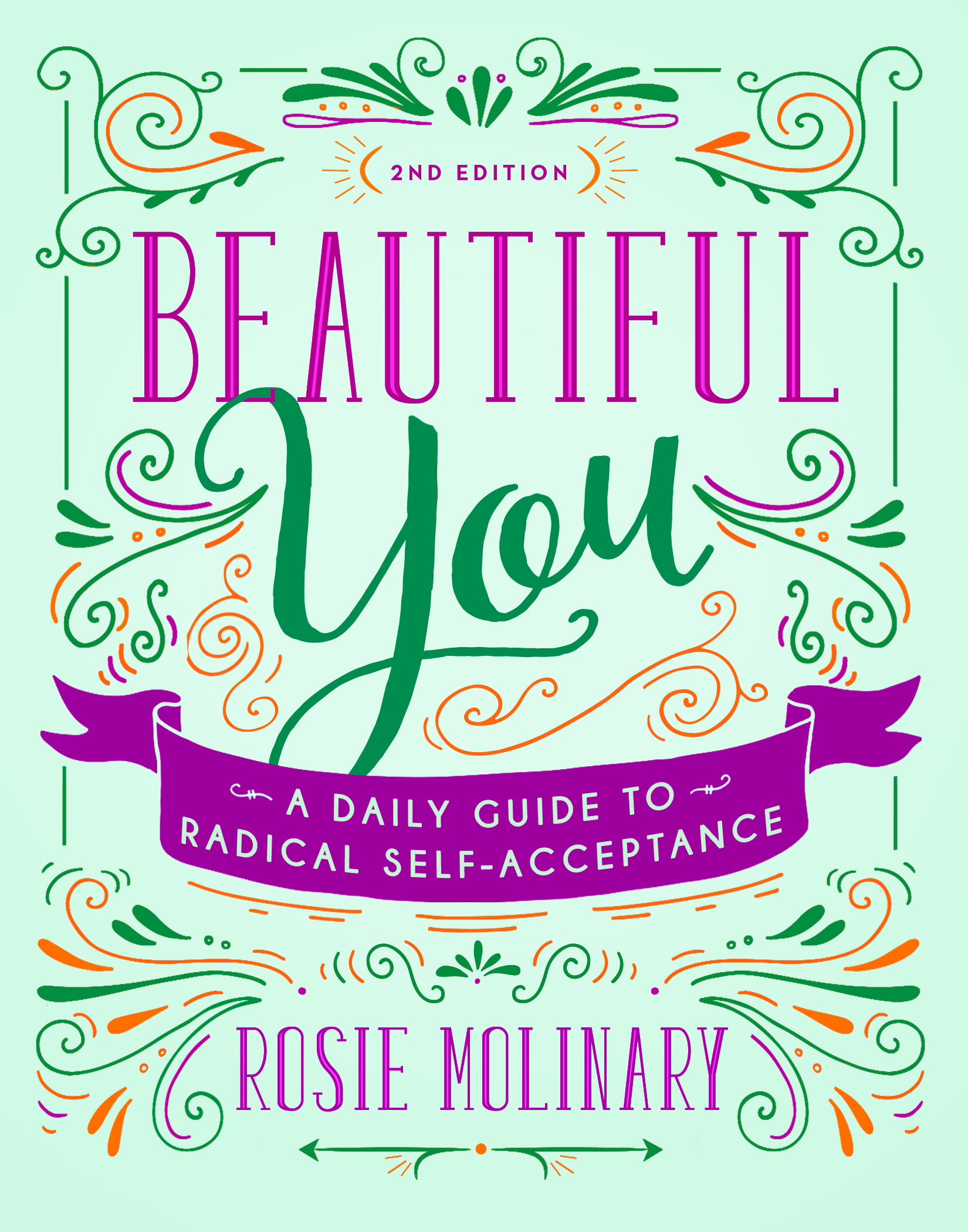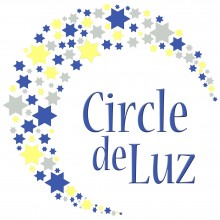I first welcomed Kate Giguere Morris as a guest blogger here a few weeks ago. Missed it? Go read her Small, Smaller, Smallest post now. You’ll be glad you did.
Now, just in case you don’t recall how Kate and I first met, here is the scoop. Kate was a student at Davidson College when I worked there, and I had the wonderful fortune of being able to work with her. She’s passionate and funny, whip-smart and compassionate, and she is an amazingly honest storyteller. Kate now lives in Iowa where she serves as a Hospice Chaplain. She also blogs at Thighs and Offerings. Run, don’t walk to her blog for poignant renderings on life (and death), personal growth, and eating disorder recovery among other thoughtful explorations. I am honored to have Kate here as a guest blogger again today. Enjoy.
“There are times when you have to light one fire to put out another,” writes author, scientist, professor of medicine, and meditation teacher Jon Kabat-Zinn in his book Full Catastrophe Living: Using the Wisdom of Your Body and Mind to Face Stress, Pain, and Illness. As proof of this point, Kabat-Zinn refers to the thirty plus years of clinical experience with more than 19,000 people who have completed his eight-week mindfulness-based stress reduction (MBSR) program a the University of Massachusetts Medical Center, an intensive training that asks participants to draw on their inner resources and natural capacity to actively engage in caring for themselves and finding greater balance, ease, and peace of mind. “The way we put it,” he says, “is that it can be stressful to take the Stress Reduction Program.”
On Monday, I had my inaugural appointment with a new counselor, whom we will call Jon. Jon wore sandals and a Hawaiian shirt, which, when considered alongside his longish grey hair and the Lauren Hutton-esque gap in his teeth, made him, to me, absolutely approachable. Jon asked me about my family, my history, and my habits, and slowly pieced together the picture I presented, a picture that lately has included a seemingly significant share of stress, anxiety, and pain. “What is it you want to get out of our sessions,” he asked me. I hate this question. Ever the people pleaser, I wanted to say, “I don’t know. What do you want me to get out of our sessions?” Or even, “What do you want to get out of these sessions,” as though counseling were really a philanthropic endeavor on my part. Good for me.
What I did say, however, was, “I don’t know. Some sort of peace, I guess.” (I pretty much bring down the house in my counseling sessions, as you can undoubtedly tell. Stop me if I become too wild for you.) He repeated my answer, making it sound even less refined than it already did. “Some sort of peace,” he said, slowly, as if allowing it to take up residence on his tongue would give him some insight as to how to proceed next with his crazy loon of a client. “Sooome sooort of peeeace.”
But then he began talking, the trait I love most of all in counselors. I’ve had counselors that used phrases like, “Well what do you think?” and the ever classic, “How does that make you feel?” And certainly, there’s a place for that. But I like a session to feel like a conversation, like a give and take of pertinent information made all the more pertinent by the fact that one party is a trained professional to whom the other party has come specifically for help.
Jon said, “Have you heard the phrase ‘practicing peace?'” “Sure,” I said, convinced that I’d read a book or two by that title. “Then you understand that peace isn’t a destination or a mindset that one achieves,” he said. “Peace is something you have to work at, something you have to do, something you have to practice.” Jon explained that, in that way, peace is similar to meditation, to the practice of mindfulness. Describing meditation, Kabat-Zinn writes, “It takes a great deal of energy and effort to regulate your attention and remain genuinely calm and nonreactive.” Likewise with peace.
I remember the semester that I stayed home from college, the first semester of my senior year, when everything got too bad and too hard to stay at Davidson. I remember my counselor, Sandy. She encouraged me – gaunt, frazzled, and still wanting desperately to succeed, to be, if not a good college student, then at least a good patient of therapy – to stop doing altogether. I remember her asking, “What do you know about being?” And while I wracked my mind for the appropriate philosophical reference, she explained that, no, she meant “being” as opposed to “doing.” She meant sitting quietly, walking slowly, observing, listening, tasting and feeling.
I remember my father asking what I had learned in my sessions, what I had decided or changed. “What are we doing,” he’d ask, “to get you better? What’s on the agenda?” Like me, he was comfortable with and even needy for tasks, for boxes to check to prove that my health was improving, or at least that I was moving in the right direction. Sandy insisted that movement wasn’t the point.
Jon, though, and Kabat-Zinn, too, seem to say that there might be a happy medium between the two ideologies, if we can call them that. That there might be a way of being that is active while also being contemplative, that is progressive while also being still. Jon said, and I quote, “You have to do “be” before you can be “be.” And folks, that’s why he gets paid the big bucks. What I think he meant is that peace, stillness, and mindfulness take practice before one can expect them to come naturally. “It’s all about being in the moment,” he said, “every moment you can.”
“Do you have a pet?” Jon asked rather randomly towards the end of our session. “Yes,” I told him, “I do.” “His name is Samson.” “What does your dog do?” he asked. “What do you mean?” I asked, understandably I think. “I’ll tell you,” he said. “We just adopted a cat. Now, this cat will be literally climbing the curtains one minute, a bundle of dust and dander taking laps in our living room, and the very next minute will climb up on my lap and fall fast asleep. That is being in the moment.” He continued, “Until I see you again, I want you to watch your dog, and, if the mood strikes you, do what Samson does.
What does Samson do? Samson goes outside every opportunity he gets. As soon as he finds a patch of grass to his liking, he flops over onto his back and rolls back and forth, back and forth, for as long as his hurried master will allow. It is pure luxury, pure indulgence, to the extent that passersby stare and cars slow, their passengers rapt. Samson yawns audibly and sleeps when the mood strikes, often for much of the day, often sprawled wide on his back, ungentlemanly though it may be. Samson sits at the picture window for hours. He occasionally whines at a taunting rabbit or mischievous squirrel, but most of the time, he simply watches. Observes. I can’t imagine that his attention drifts much, that is mind wanders, so to speak. Samson crouches into his playtime stance whether Dan and I are in the middle of a movie or hunched over a book or not. Samson eats when he is hungry and, well, maybe the exercise breaks down at this point, as he might keep eating well into the evening if we’d let him.
It’s true. Animals don’t think about what happened yesterday or this morning or the last time they saw their mothers or the way so-and-so looked at them three weeks ago. Animals don’t think about where they might be living a year from now or when they might actually achieve financial security or how anxiety-producing something somewhere at some point down the road might be. And because of all of this, animals have a peace – “some sort of peace” – that is very unlike their human companions.
It’s hard to believe that it would take much effort to live a life more like my dog, but in reality, it does. My default, it seems, and maybe yours, is busyness. I long for productivity and measure my worth based upon it. I follow regimens, schedules, and deadlines rather than my heart or my gut or my intuition. I think about, plan for, and focus on the past and the future such that my experience of the present is clouded and unmemorable. And more often than not, my life is an exercise in multitasking, a reality that dulls my senses and stimulates only whatever part of my body it is that deals in stress.
So yes, it would take effort to live a life more like my dog.




